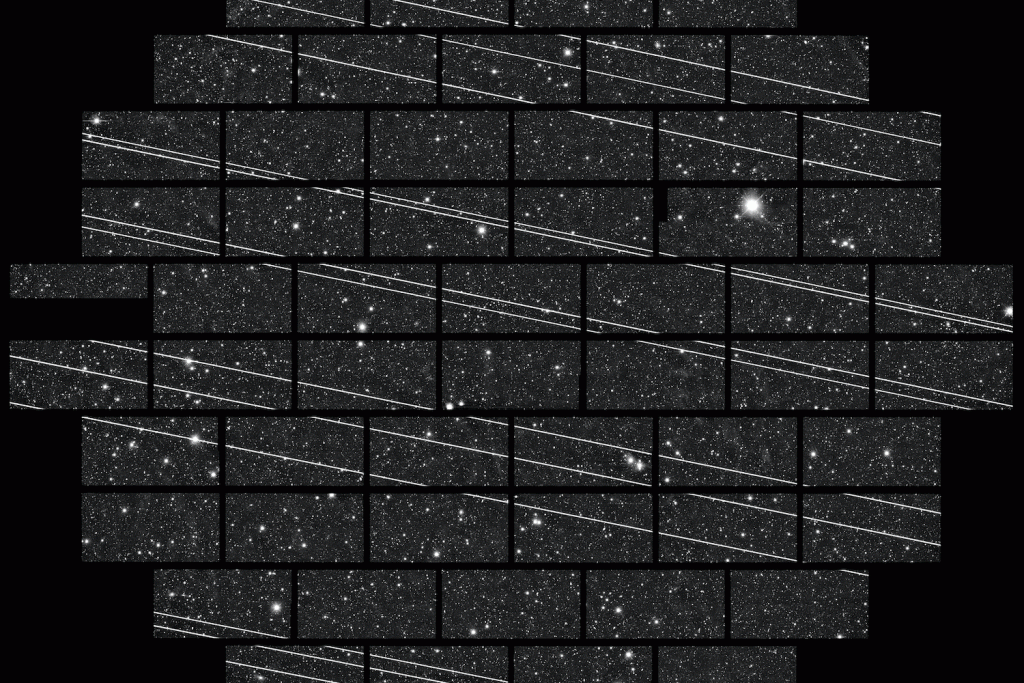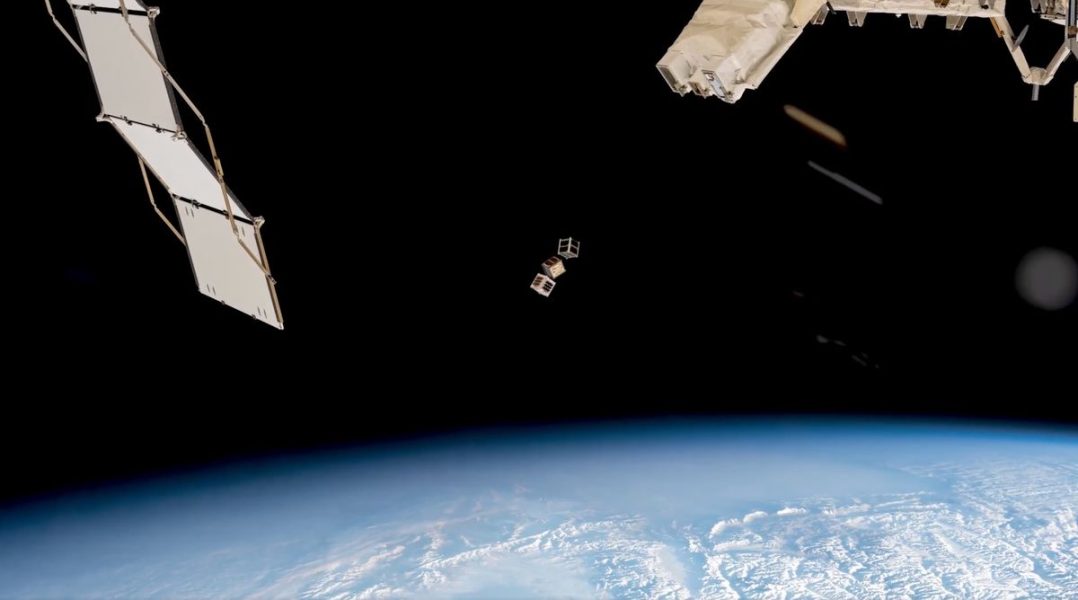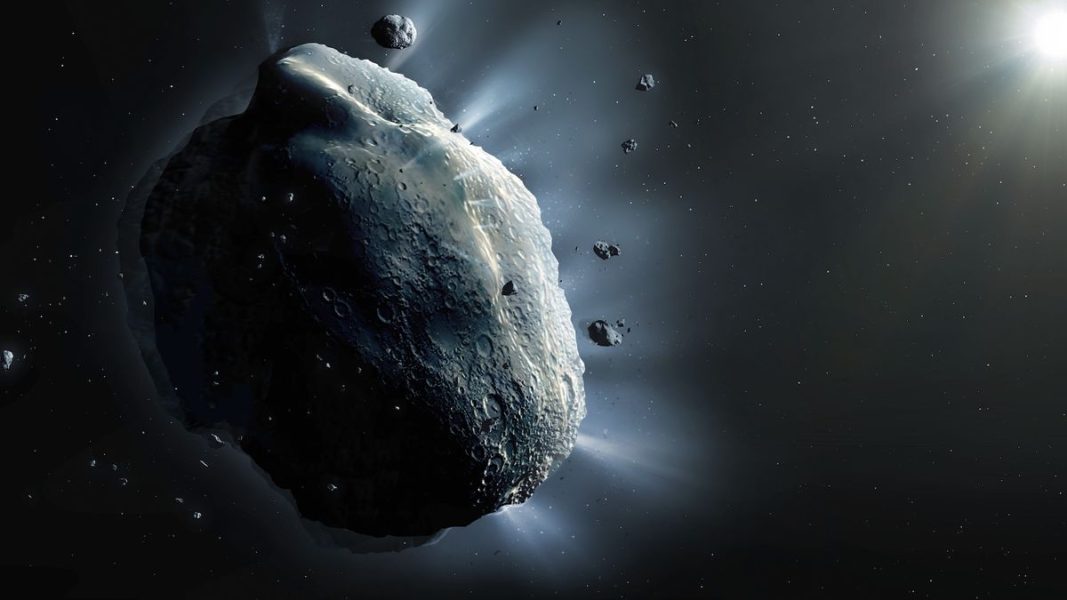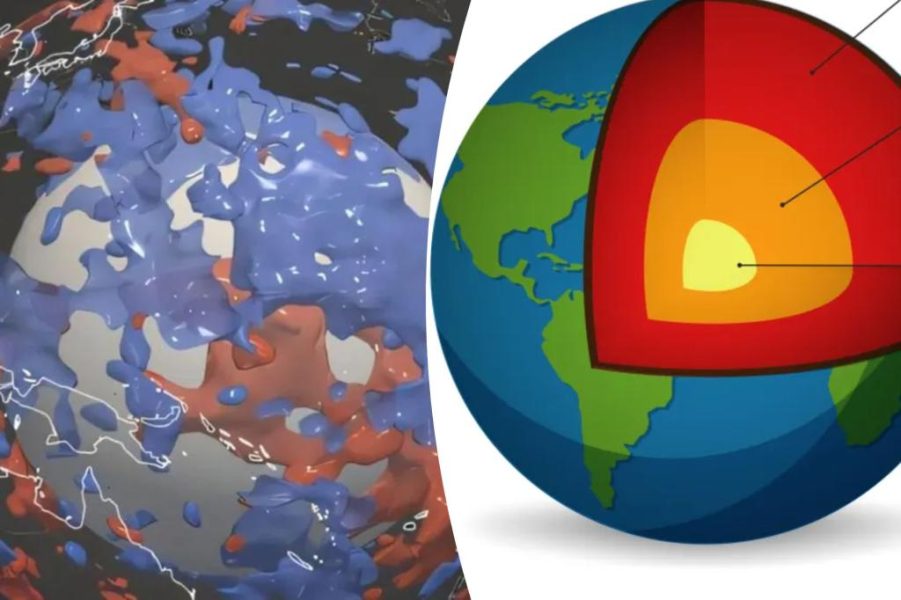SpaceX Tests Lower Satellite Orbits to Stop Starlink From Ruining Telescope Images – Gizmodo

SpaceX is working to make its satellites less of a nuisance to astronomers by testing out ways to stop Starlink from showing up in images of the cosmos. The company recently lowered the altitude of a batch of its internet satellites to mitigate their brightness as viewed from Earth.In a letter to the Federal Communications Commission (FCC), SpaceX revealed that it began operating 300 of its satellites at a lower orbital altitude as part of the company’s efforts to reduce the impact of Starlink on optical astronomy. The company claims that the new method has been a success, resulting in a nearly 60% reduction of Sun-illuminated satellites showing up in images captured by the Vera Rubin Observatory, a telescope in Chile.Low Earth orbit is becoming increasingly littered with satellites, the majority of which belong to SpaceX. There are currently 6,912 Starlink satellites in orbit, located approximately 342 miles (550 kilometers) above the surface of Earth. The orbiting satellites add unwanted noise to observations of the night skies by reflecting sunlight, appearing as streaks in images captured by ground-based observatories. The first Starlink satellites were very bright, making them visible to the unaided eye and saturating the lenses of telescopes pointed in their direction.In December 2022, the FCC granted SpaceX approval to launch up to 7,500 next-generation Starlink satellites, which are bigger and brighter than their predecessors. First generation Starlinks weigh about 573 pounds (260 kilograms), but the future versions are far larger at 2,755 pounds (1,250 kg) and are therefore estimated to be about a full magnitude brighter than the OG satellites.SpaceX is collaborating with the National Science Foundation (NSF) to reduce the impact of its next-generation satellites on optical astronomy. The company recently lowered the altitude of its demo Starlinks to 217 miles (350 km) above Earth’s surface, which reduces their ability to catch and reflect sunlight.“SpaceX’s analysis also demonstrates that peak brightness from nadir surfaces is only marginally increased when operating at 350 km [217 miles], due to a higher eclipse fraction and angular rate,” the company wrote in its letter. In other words, SpaceX is saying that the satellites’ reflective brightness, as seen from directly below, doesn’t increase much at lower altitudes because they’re spending more time in Earth’s shadow and moving faster across the sky.The NSF agrees that this strategy could help. Lower orbits could “be beneficial to ground-based optical and infrared astronomy as satellites move faster through a telescope’s focal plane and are more out-of-focus, reducing overall brightness per pixel,” an NSF spokesperson told Gizmodo in an email. “At lower altitudes, satellites are also blocked from sunlight by the Earth for longer portions of the night, not reflecting towards the ground.” This allows the satellites to remain dimmer than roughly 7th magnitude—the threshold for visibility to the naked eye—for much of the night, the spokesperson explained.There have been previous attempts to decrease Starlink’s effect on astronomical observations. SpaceX has been working with the International Astronomical Union, and its Centre for the Protection of the Dark and Quiet Sky from Satellite Constellation Interference, to find the main source of its satellites’ reflectivity and develop strategies to mitigate it. As a result, the company has changed the orientation of the satellites and their solar panels, and installed visors to reduce their brightness.This recent modification to the orbits of the satellites is still being assessed as it may have some drawbacks. “There are trade-offs, satellites at lower altitudes may be brighter at twilight and impact science requiring twilight observations, such as near-Earth object surveys,” NSF added. The foundation will continue working with SpaceX over the next year to verify if the mitigation is working as intended.Industrial Complex Proposal Threatens Some of the World’s Clearest Skies for AstronomyIt’s not just SpaceX launching satellites into orbit, and the increasing amount of hardware cluttering Earth’s orbit could further obscure our view of the cosmos unless more companies commit to reducing their interference with astronomy.
AstronomySPACEXStarlink
Get the best tech, science, and culture news in your inbox daily.
News from the future, delivered to your present.
Please select your desired newsletters and submit your email to upgrade your inbox.
The heavy-lift launch vehicle is scheduled for liftoff early Sunday morning for its long-anticipated debut.
The circumgalactic medium, a vast gaseous halo surrounding galaxies, could be crucial to the evolution of star-forming galaxies like our own.
Chile’s Atacama Desert is home to some of the best Earth-based observatories, though an energy company is throwing a wrench in the works.
“The future of mobility shouldn’t be limited to just Earth, or just one car company.”
The sonic booms have caused late-night disruptions for residents as far as 70 miles away.
As early as this Friday, SpaceX will test its megarocket with several upgrades and attempt to deploy Starlink mockups.
🔴 Live Updates From CES 2025 ➜We may earn a commission when you buy through links on our sites.
©2025 GIZMODO USA LLC. All rights reserved.Mode
Follow us
Mode
Follow us






